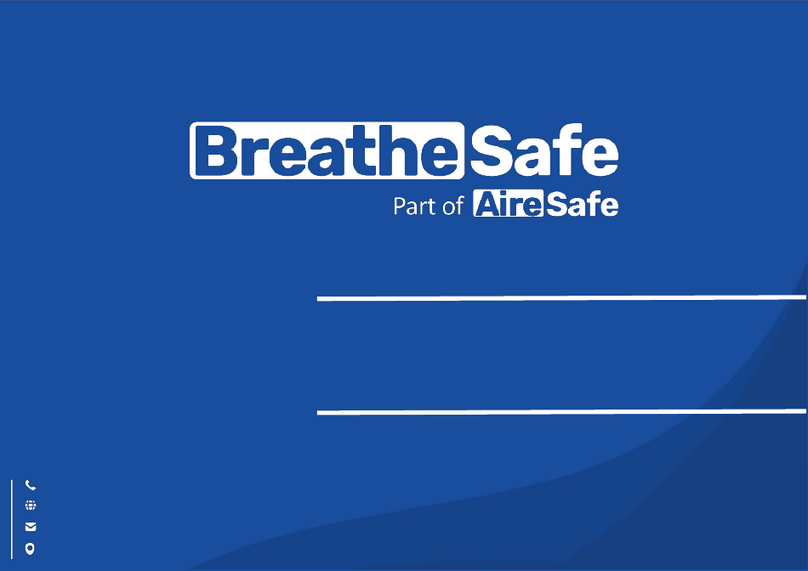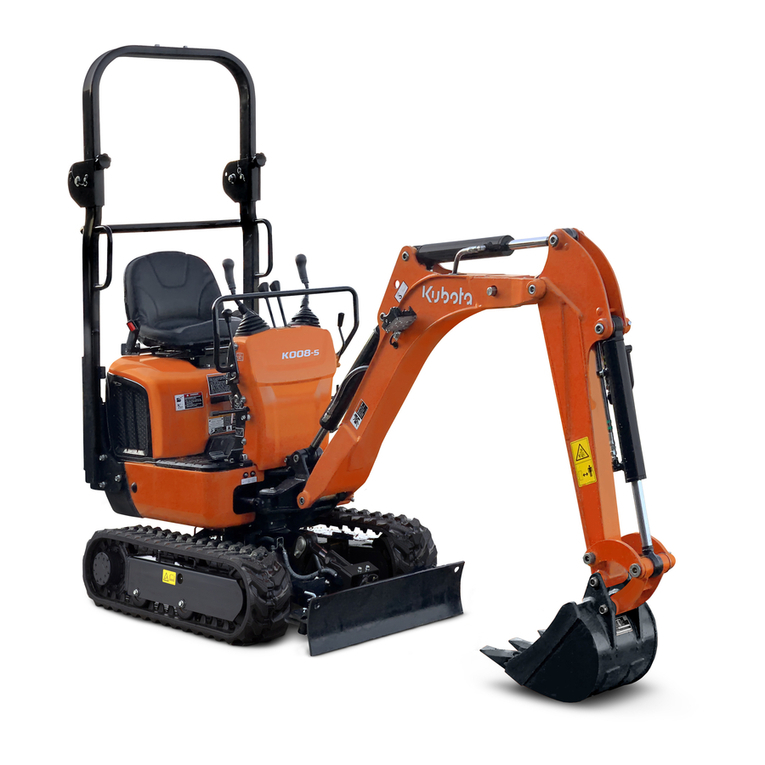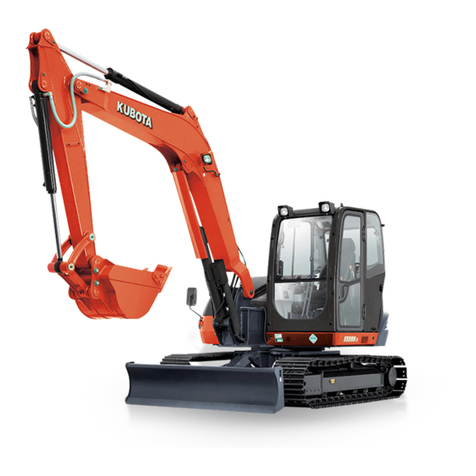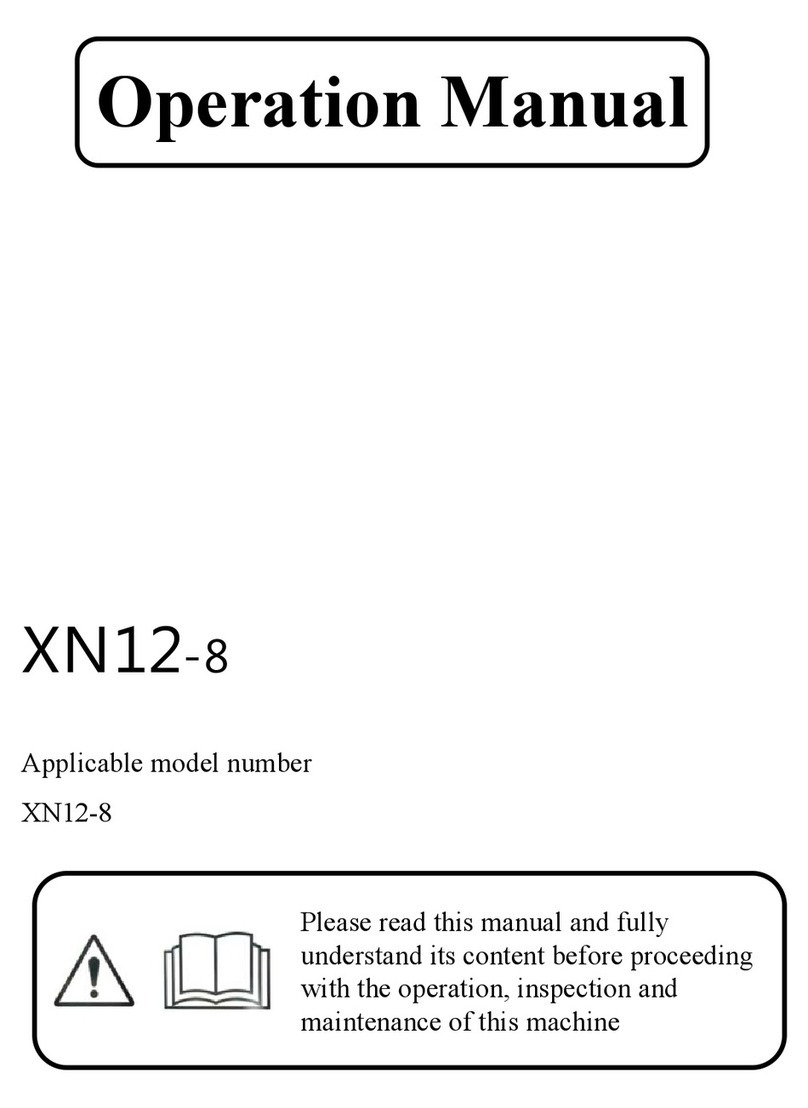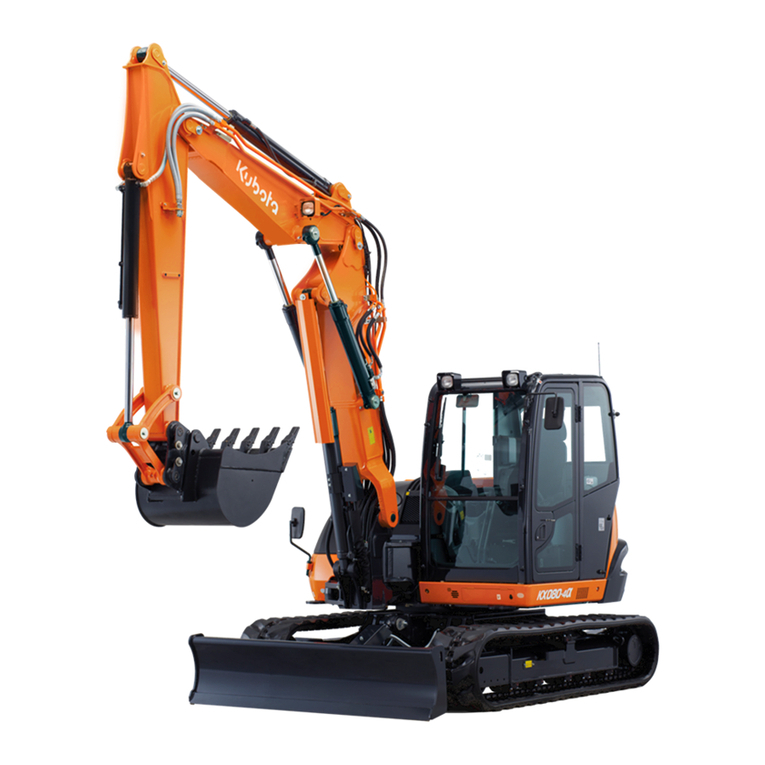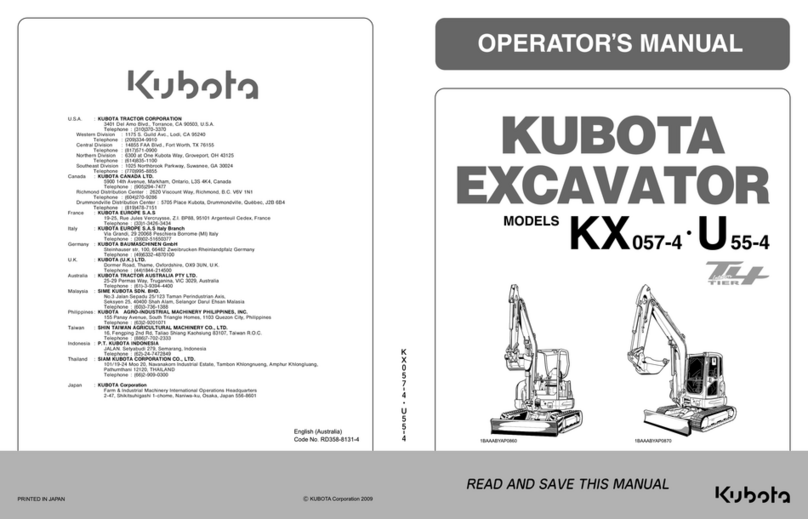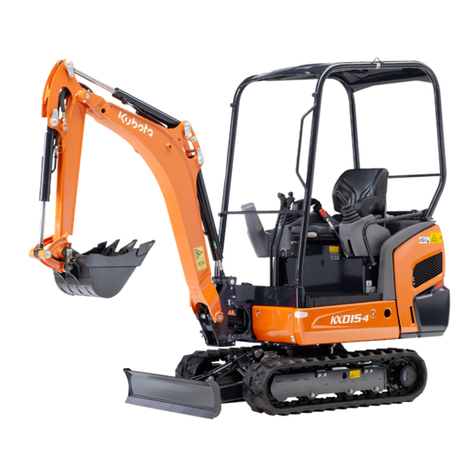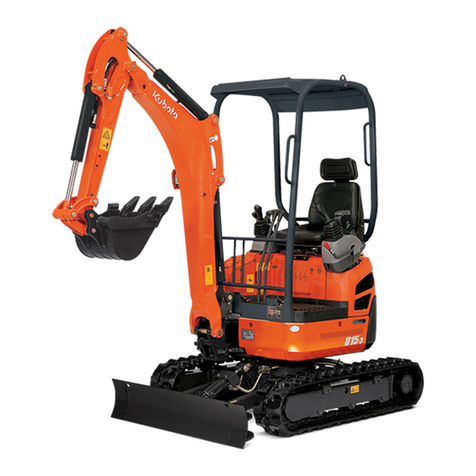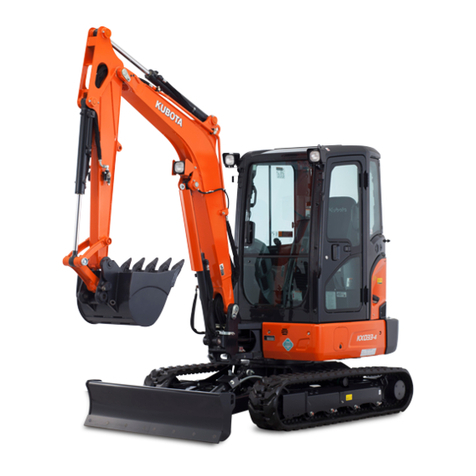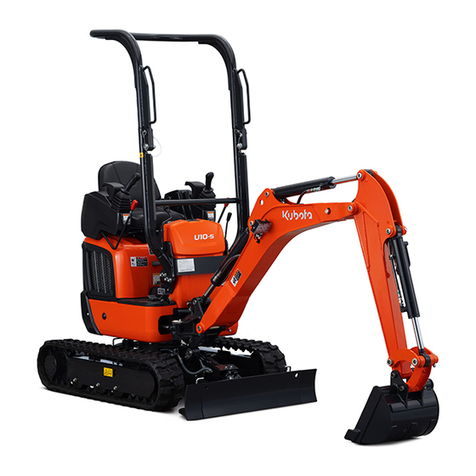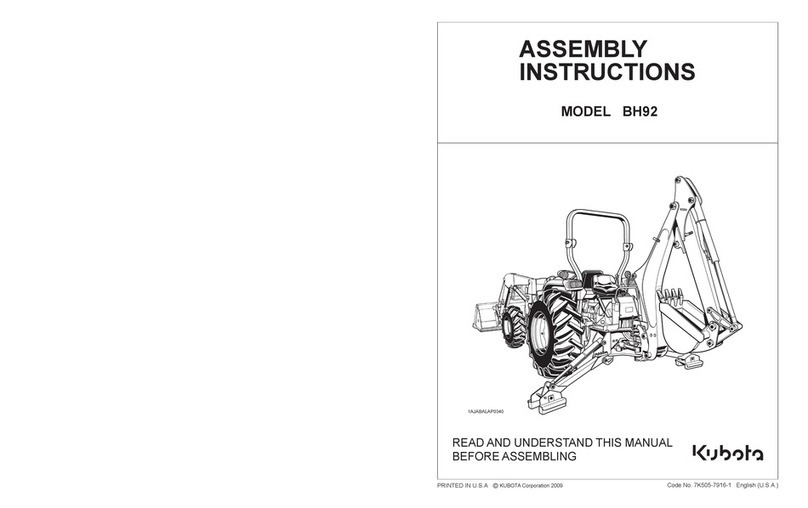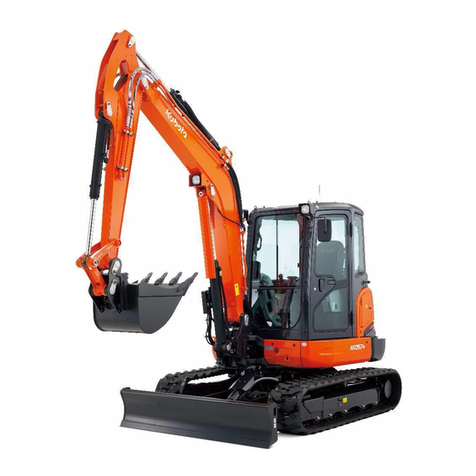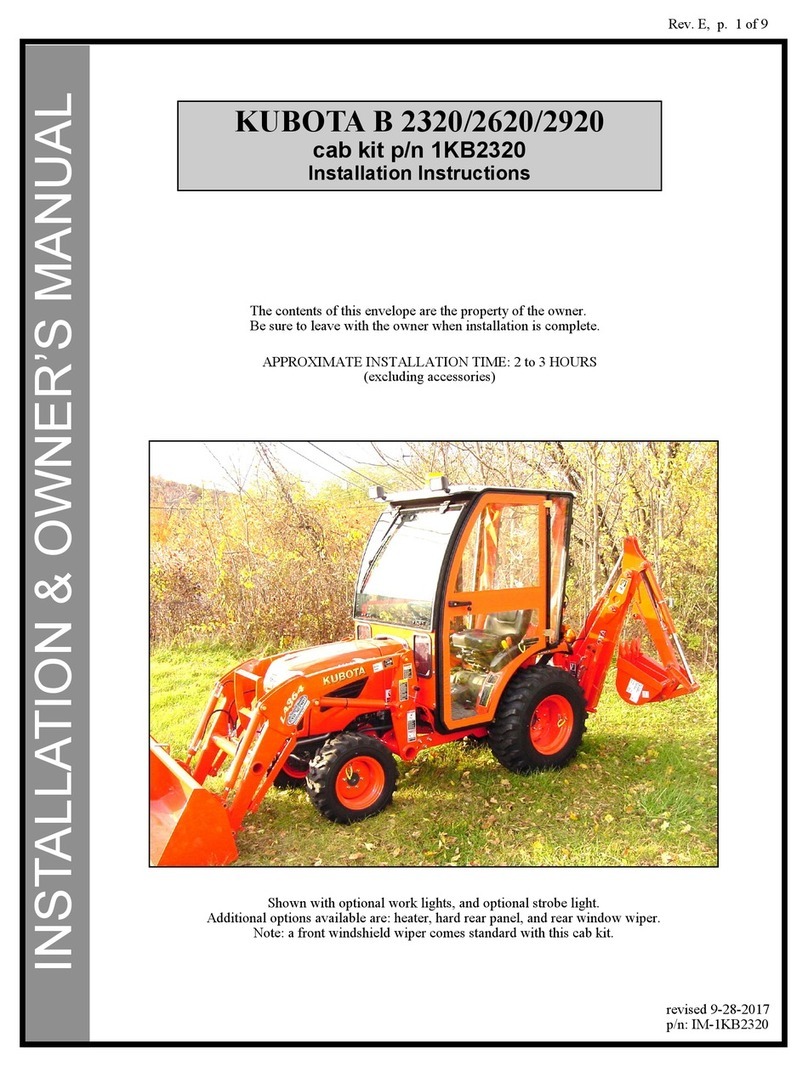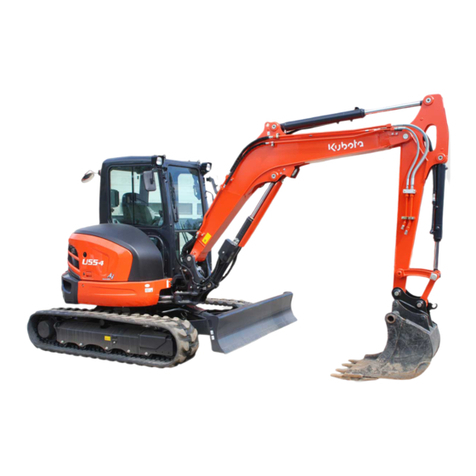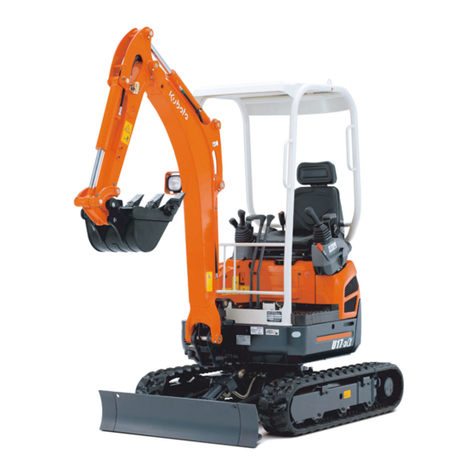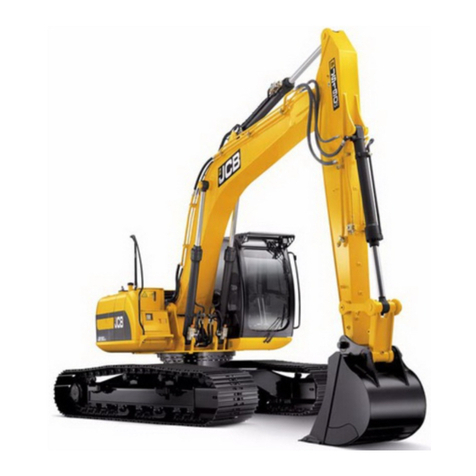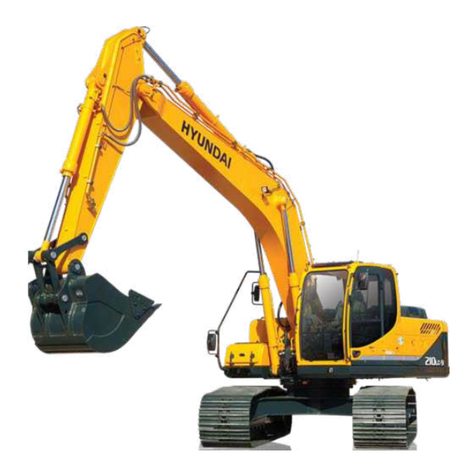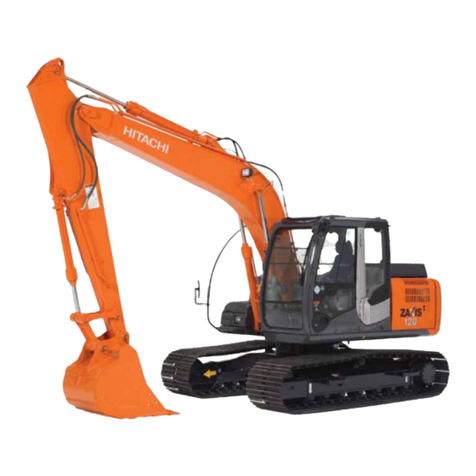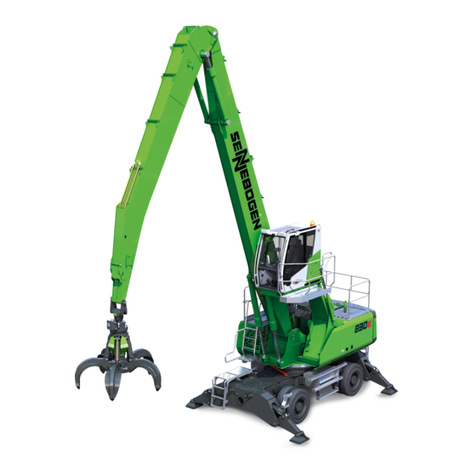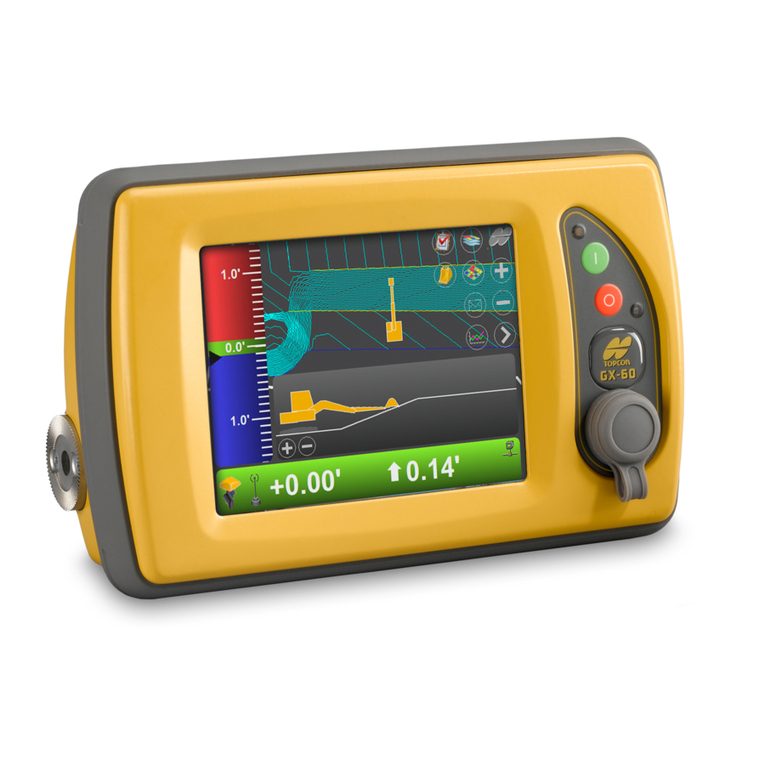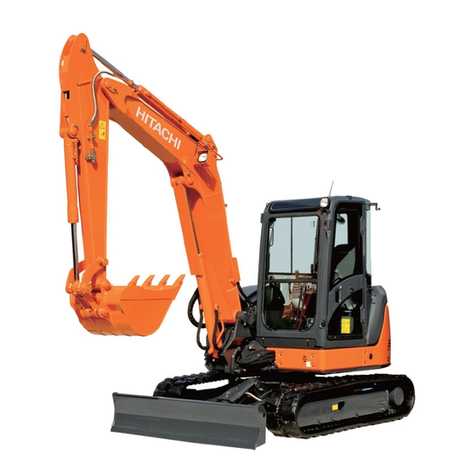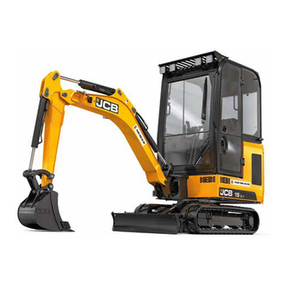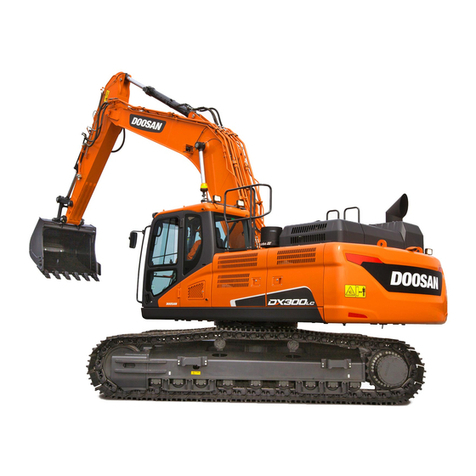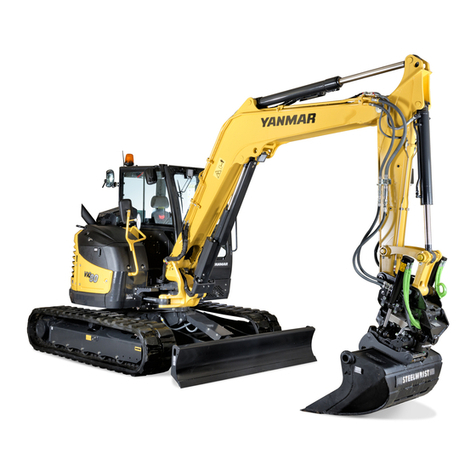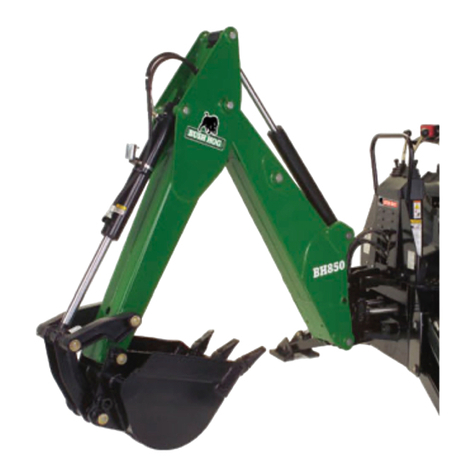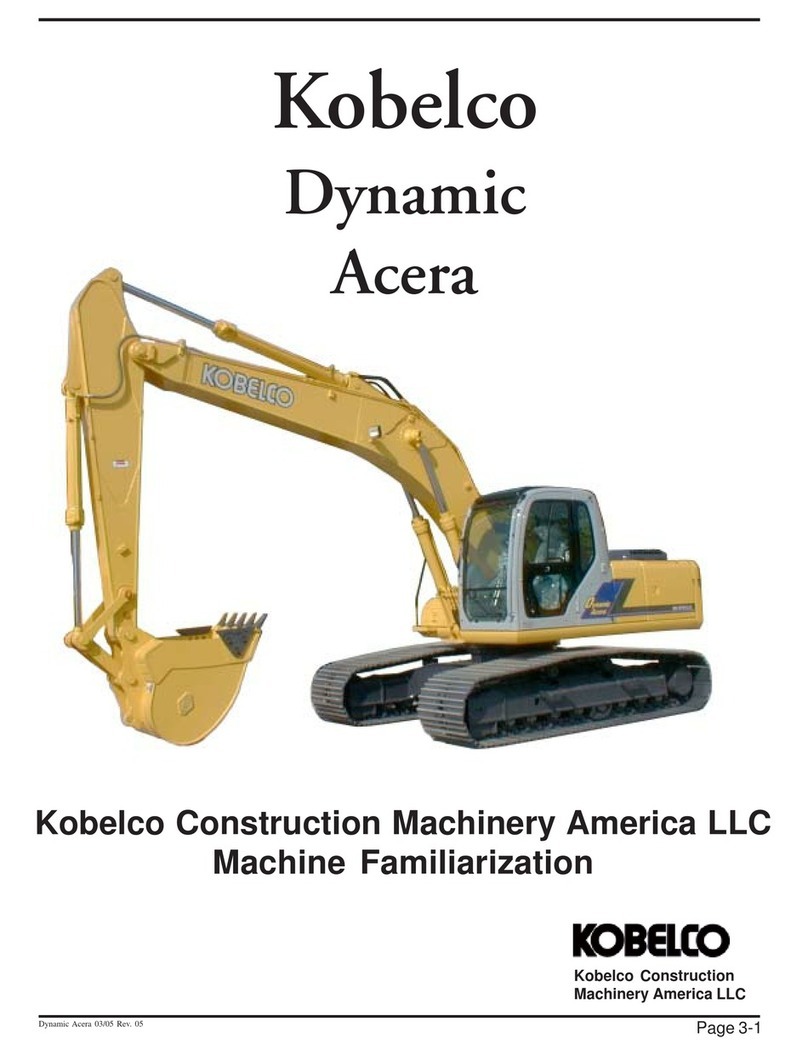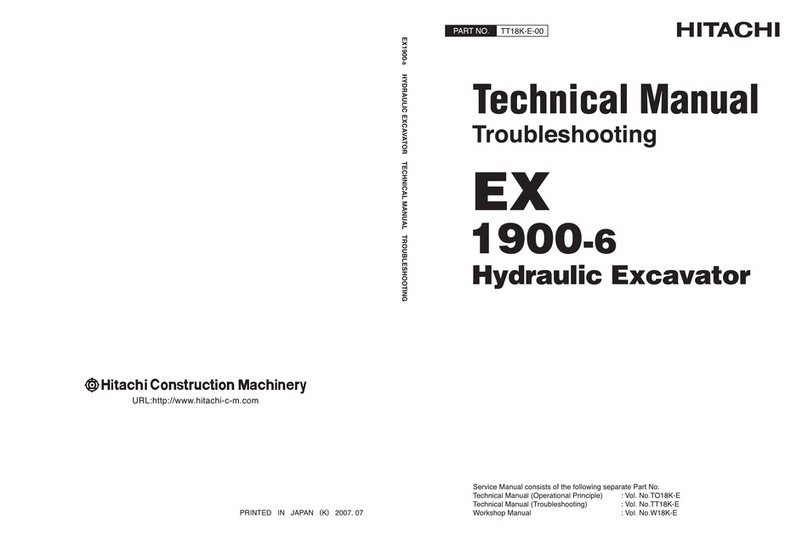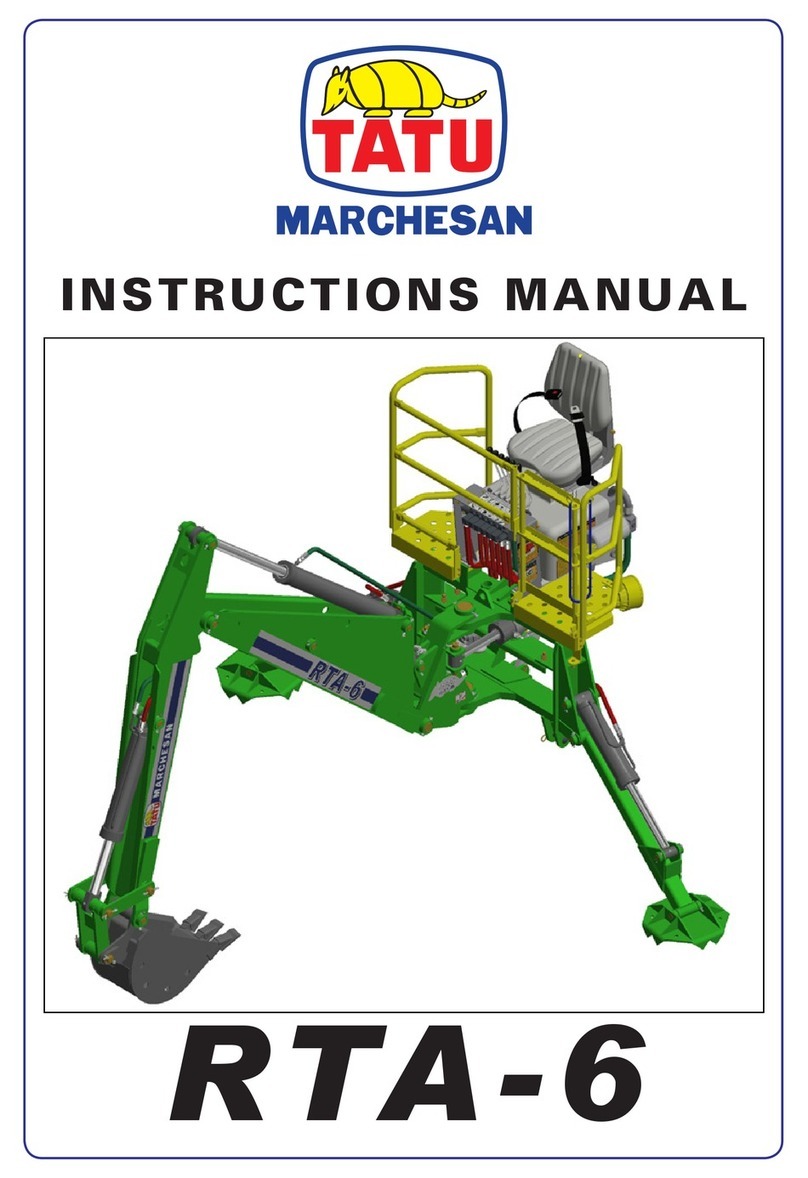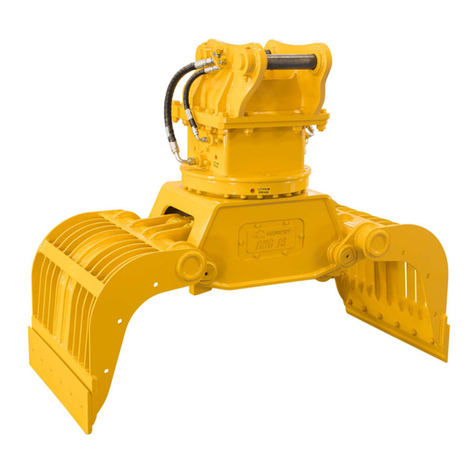
U20-3, U25-3 WSM General
I-3
B.Safety precautions for servicing, disassembly and
reassembly
Safety precautions for servicing
Most accidents during servicing arise from carelessness. Please remember that Safety involves both the
welfare of the employees and improved work efficiency.
Safety precautions for Disassembly and reassembly
Machines must be disassembled and assembled efficiently and safely.
It is very important to thoroughly understand the construction and function of the machine, to make all
appropriate preparations, and start operations according to the specified working procedures.
a. Safety measures before starting
work
(1) Work clothes
1. Wear specified work cap and clothed.
(Under no circumstances may workers
wear undershirts only.)
Cuffs must be kept buttoned, and any tears
must be mended.)
2. Wear safety shoes.
3. Do not wear cotton gloves when working
on the internal section of engine, reduction
gears or hydrauric units for repair or others,
or when using a hammer. Wear leather
gloves, however, when hoisting wires.
(2) Inspecting equipment and tools
1. Prepare equipment (cranes, fork lifts, tool,
etc.) required for servicing and inspect for
any problems before starting work.
2. Hammer heads (metal parts) must be firmly
secured to their handles.
3. Check hosting tools (wire ropes, hoisting
chains, etc.) before use.
(3) Keep workshop in order
1. Secure appropriate space needed for
disassembly to the job.
2. Secure a clean, safe place for arranging
disassembled parts.
3. Store volatile substances (gasoline, light
oil, thinner, oily articles, etc.) in appropriate
containers at selected locations to prevent
fire hazards.
b. Safety measures during work
(1) Protectors
1. Wear goggles when using chisels for
chipping.
2. Use appropriate protectors during welding.
3. Wear a helmet when working with a crane
or at elevated locations.
(2) Team work
1. When working with two or more people,
divide the work and maintain close
communication.
2. Crane work must be carried out using
predetermined signals.
(3) Disassembly and assembly
1. Do not wear gloves when using hammers.
2. Use rods of the specified soft material for
removing pins. Do not use a hammer as a
pad.
3. Do not place fingers in holes when
centering.
4. Heavy parts must be adequately supported
before removing bolts.
(4) Cranes
1. In principle, use a crane for objects heavier
than 44lb (20kg).
2. Crane operation and hoisting must be
performed only by qualified personal.
3. Pay careful attention to the center of
gravity when hoisting, and do not stand
under the lifted objects.
(5) Others
1. To work under a jacked-up carrier, be sure
to place wood pieces under it.
2. When charging batteries, make sure there
are no open flames in the immediate
vicinity.
3. All electric tools must be grounded.
4. Before welding the machine, remove the
battery.
• When removing the battery, be sure to
disconnect negative (-) cord first.
• When mounting the battery, be sure to
connect the positive (+) cord first.
